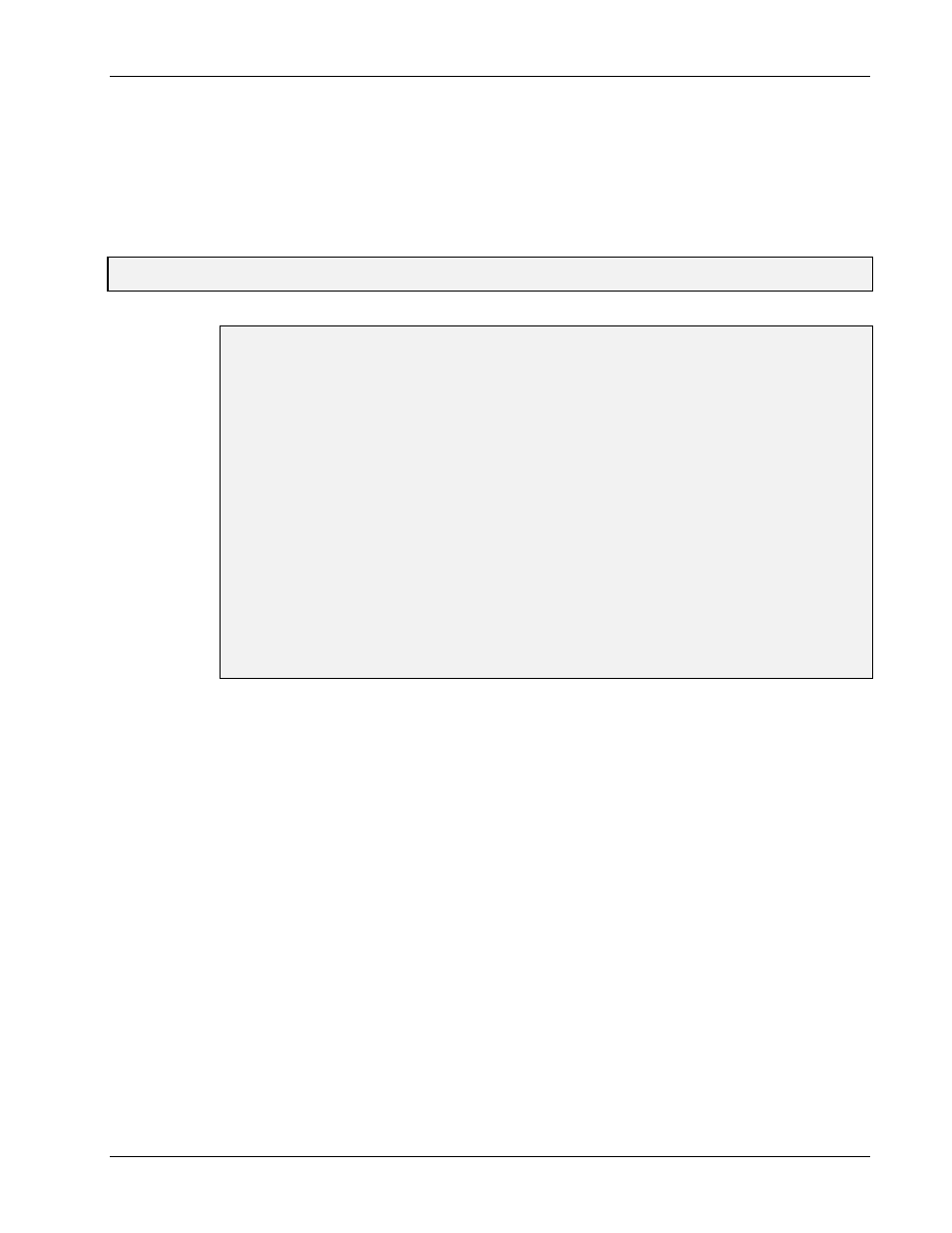C languages, 10e. c languages, Accessing from a windows program – Measurement Computing Personal488 rev.3.0 For DOS & Windows 3.Xi User Manual
Page 224: Topics

II. SOFTWARE GUIDES - 10. Driver488/W31
10D. Getting Started
Personal488 User’s Manual, Rev. 3.0
II-209
If you require event handling support, use the custom control written for event handling. The IEEE
488 Event Custom Control support is included in the following file:
IOTEVENT.VBX
This file should be included in the Project Window. For more information on using the IEEE 488
Event Custom Control, turn to the topic “IEEE 488 Event Custom Control” found in the following Sub-
Chapter “Visual Basic” in this Chapter.
Accessing from a Windows Program
The structure of a Windows program generally dictates that actions take place in response to messages
such as an operator key press, mouse action, menu selection, etc. This discussion covers the basic
actions needed to control Driver488/W31. How these actions are combined and coordinated in
response to Windows messages, is up to the application designer.
Opening & Closing the Driver
The first Driver488/W31 programming example is designed for simplicity. Its sole purpose is to verify
proper communication with the driver, and upon closing, remove the driver from memory.
In every C program using Driver488/W31, header files of declarations must be merged into the
program. In the following example, those declarations have been omitted from the listing for the sake
of brevity.
With the associated source files, the following program can be built using the file
EXAMPLE1.MAK
(for
Microsoft C or Quick C users) or
EXAMPLE1.PRJ
(for Borland C users) found on the Driver488/W31
disk.
This example has several declarations that will be used later:
HWND hDriver
/* handle for Driver488/W31 */
DevHandleT ieee;
/* handle for the IEEE board * /
char hellomsg[256];
/* string to hold the hello response */
10E. C Languages
Topics
•
Accessing from a Windows Program ....................................... II-208
Opening & Closing the Driver....................................................................II-208
•
Establishing Communications .................................................. II-209
•
Confirming Communications .................................................... II-211
•
IEEE 488 Event Message............................................................. II-211
•
Reading Driver Status................................................................. II-213
•
External Device Initialization................................................... II-214
•
Basic Data Acquisition................................................................ II-214
•
Block Data Acquisition ............................................................... II-215
•
Sample Programs ......................................................................... II-216
Data Acquisition Sample Programs .........................................................II-216
IEEE 488 Event Message Sample Programs.............................................II-224
•
Command Summary .................................................................... II-231
